Although many people believe that karst areas are ugly, harsh and colorless, I have always been fascinated by the dramatic karst mountains and stone deserts in Montenegro. If you are curious and open for new impressions, you will find that karst has created wonderful landscapes with lovely spots hidden from the view by rugged stones, trees and shrubs.
By the way, did you know that around 70% of the territory of Montenegro consists of karst?
Legend
‘God created the world in six days. The sixth day, however, was somewhat chaotic. He flew over the large sphere he created. On his back a large bag of stones that he wanted to put, here and there, as a kind of landmark. Suddenly, God saw a beautiful azure blue sea and he decided to plunge into the water and refresh himself. It never happened. The bag tore under the weight of the boulders, which fell on the flat land along the sea. God was shocked to see what he had done. Each boulder had the size of a mountain. Some of them protruded even 2000 meters above the ground.
God shrugged his shoulders in resignation. In fact, deep in his heart, he thought that it was altogether a beautiful result! Suddenly he smiled when he saw hundreds of hidden spots among the rocks.. ‘Hmm, I’m going to call it the Land behind God’s Back’, he muttered and so it happened.’
Montenegrins use the expression ‘krš’. People often speak about ‘ljuti krš’, when they want to indicate an infertile landscape with bare karst rocks, caves, pits and limestone pavements, also called ‘škrape’. It is difficult to translate the expression ‘ljuti krš’ into English or probably any other language, as it is impossible to use the literal translation – ‘angry stone’.
What is karst?
What does the word ‘karst’ actually mean? The English word was borrowed from German Karst in the late 19th century. It was Jovan Cvijić, a Serbian geographer, who greatly advanced the knowledge of karst regions, so much that he became known as the ‘father of karst geomorphology’. Cvijić discussed the karst regions of the Balkans in his publication Das Karstphänomen (1893), describing various landforms such as ‘karren’, ‘dolines’ and ‘poljes’.
At the land surface, karst landscapes often develop characteristic geomorphological features, such as solutional sculpting of the bedrock, ‘dolines’ or sinkholes, and large closed depressions or ‘poljes’, but also rock towers, cones and pinnacles. Most karst areas do not have water springs, they are extremely dry in summer and the inhabitants of the villages depend on rainwater reservoirs, as there are no water supply systems. This is one of the reasons why many houses in the villages of the karst region were abandoned and left to the ravages of time; life was (and is) very hard for the local farmers. No wonder that many people have emigrated abroad to find a better life.
I have crisscrossed Montenegro many times and I have found numerous astonishing karst landscapes and interesting phenomena all over the country. You can find several of them in my blog posts. Let me just give you a few examples:
If you follow the PPT – Coastal Hiking Transversal, you will certainly pass through many impressive karst landscapes. Especially Mount Orjen is such an extraordinary area. You will be flabbergasted if you make the hike to Velji and Mali Zalaz through a real stone desert with abandoned villages.
Don’t miss the Crkvice ‘kettle’, which lies on the slopes of Mount Orjen, at an altitude of 1,100 m above the Bay of Kotor. This plateau has an annual precipitation of around 5,000 mm. How is it possible that the region is nonetheless very dry? If you know that it has one of the deepest limestone layers in the world, it should not be surprising that Crkvice is an area without water, as all the rainwater disappears into the karst.
Another beautiful karst region is Skadarska Krajina, in particular the abandoned villages of Gornji Šestani, which are located in an extremely dry karst region between Skadar Lake and the slopes of Mount Rumija. For that reason, each village used to have several wells, for each family one. They were of vital importance for the inhabitants, as there was never water enough in this rocky area without any springs or streams. Ancient wells can also be found in other villages of Skadarska Krajina, like Livari and Boljevići.
One of my favorite regions in Montenegro is Kučka Krajina with its fantastic karst landscapes. The rough karst fields in this area are often covered with pomegranates, purple sage and Mediterranean maquis, with here and there a fertile pocket with grass or arable land, surrounded by dry stone walls.
But also ‘Old Montenegro’, the central part that was once located within the Principality of Montenegro as recognized by the Berlin Congress in 1878, offers surprising karst landscapes with numerous hidden spots and wonderful photo motifs.
The Cijevna river is a typical karst river that originates in Albania. At a length of 25 km, the river forms a breathtaking canyon, more than 1000 m deep. The forms of the karst rocks and caves are weird and picturesque, and the flora is abundant. The course of the river is often invisible, as the Cijevna river has cut its way deeply through the karst. But it also creates another amazing phenomenon: the so-called Niagara falls, which are most impressive in spring. Around the main waterfall, you can see numerous small cascades finding their way through the picturesque karst rocks.
Of course, there are also a few typical karst regions in the northern part of Montenegro, e.g. Crkvičko Polje and Sinjajevina.
The area around Crkvičko Polje, located in Nature Park Piva, shows diverse landscapes. When I visited this region, I was particularly impressed by the ‘green mountain sea’ at Vojvodića Rupe, near the village of Kneževići. This is a miracle of nature: it looks like a moon crater landscape, covered with grass. In the old times, cattle could be left here without shepherds for the whole summer.
Sinjajevina is an endless plateau that mainly consists or arid fields and grassy slopes. It lies at an average altitude of 1,600 m above sea level.
The landscape is astonishing! No peaks, just rolling fields. Just imagine a sea of immense waves turned into stone and grass, with – here and there – lonely hamlets consisting of low huts, often without electricity and water. No wonder that Sinjajevina is sometimes called ‘Montenegrin Tibet’.
Vegetation in the karst region
In spring and summer, you can find many different flowers in the karst areas of Montenegro. The villagers have always known how to use every wild plant growing in this arid region: common sage was used for digestive problems and its mouthwash is an excellent remedy against dental plaque; rosehip tea may boost the immune system and reduces joint pain. Wild pomegranates with their brightly red fruits are used to make juice; pomegranate is full of vitamin C.
In autumn, the slopes are full of Jerusalem thorn or Christ’s thorn (in Latin: aliurus spina-christi and in Montenegrin: drača). In the old times, mature fruits were used as coffee surrogate and you could find them in each village household as a medicine against diarrhea.
No need to say that the people living in Montenegro’s karst region have a thorough knowledge of natural remedies.
Did I trigger your curiosity? Karst regions have often been an inspiration for my blog posts. Discover the wild beauty of karst and find the secret spots hidden by the endless stone deserts in Montenegro!
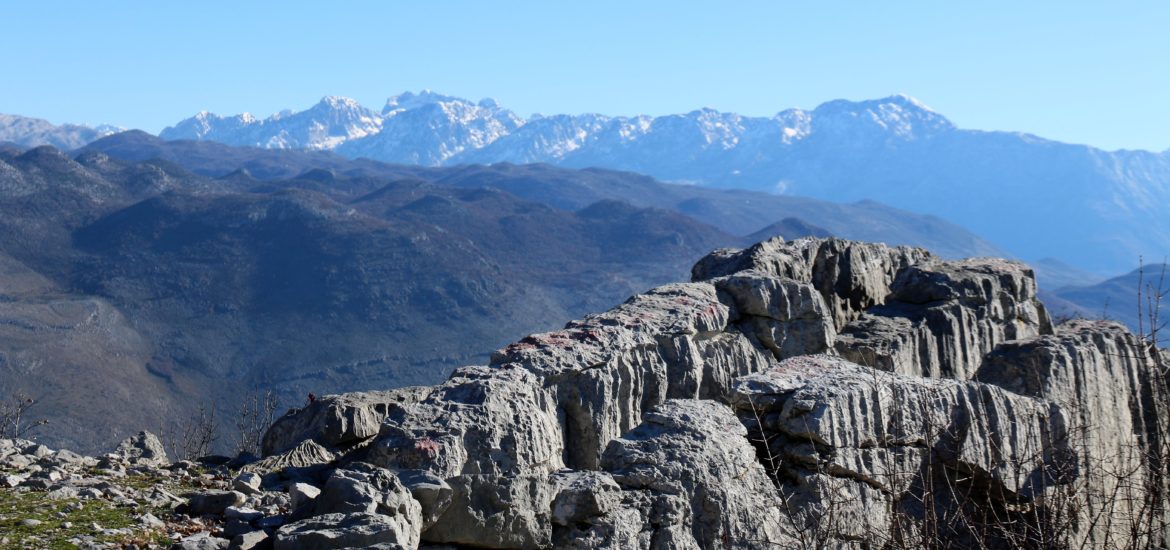
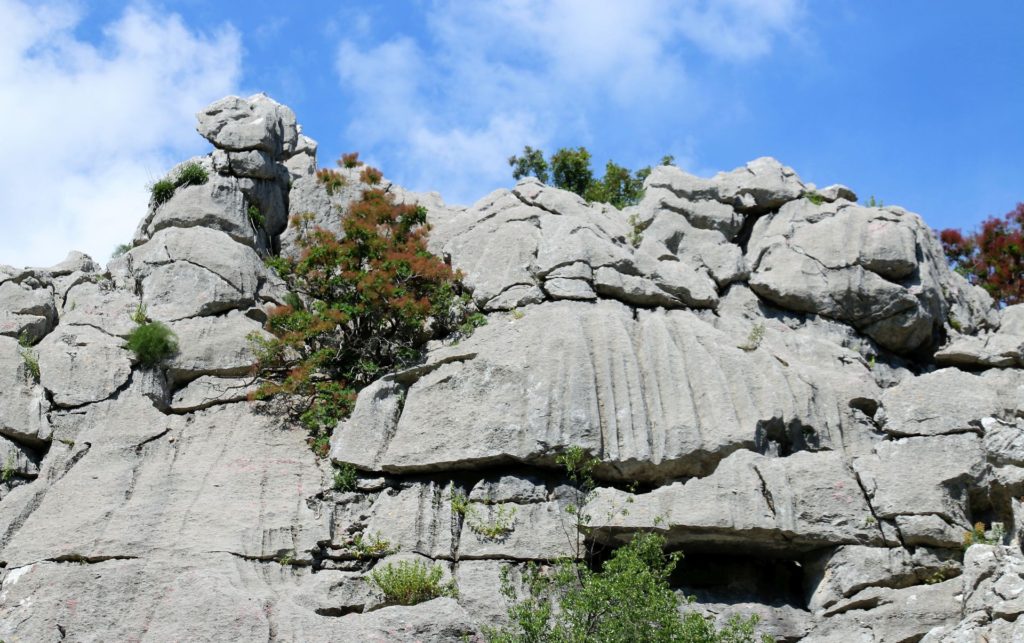

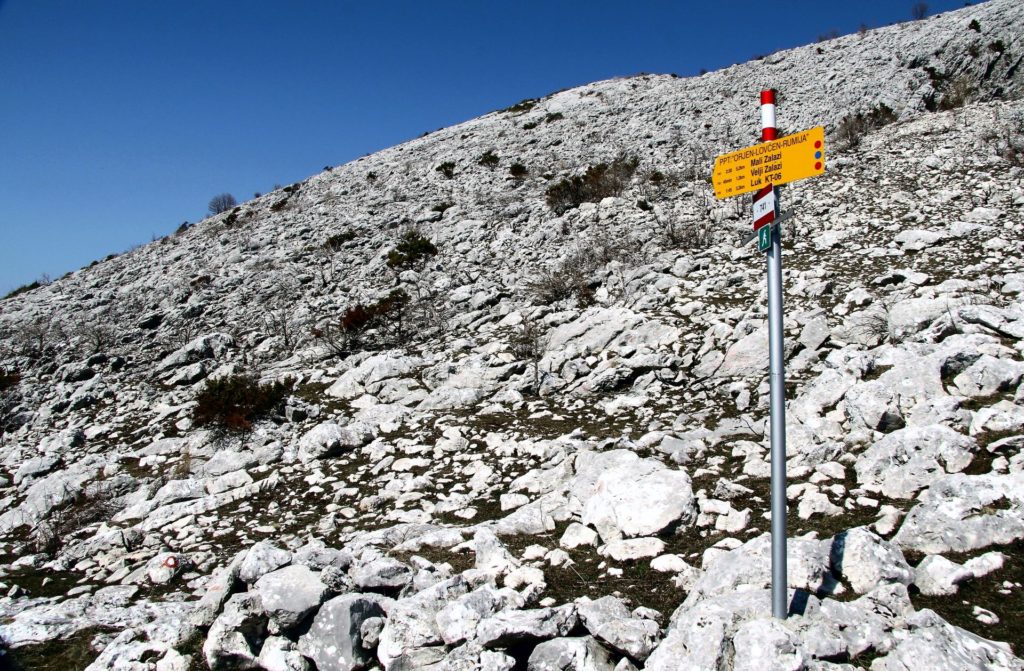
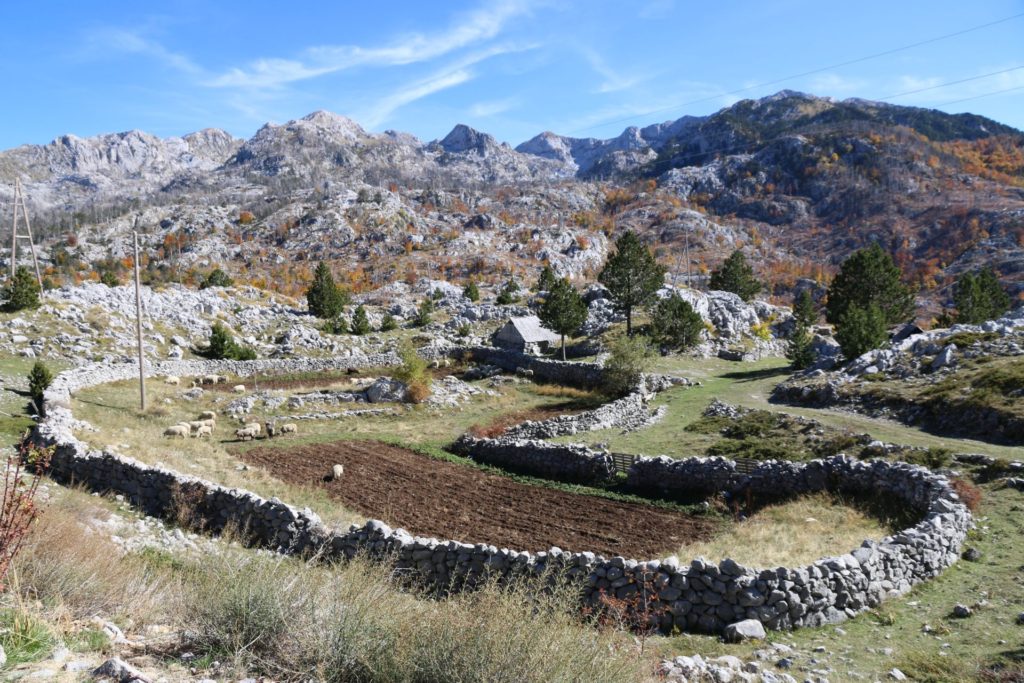
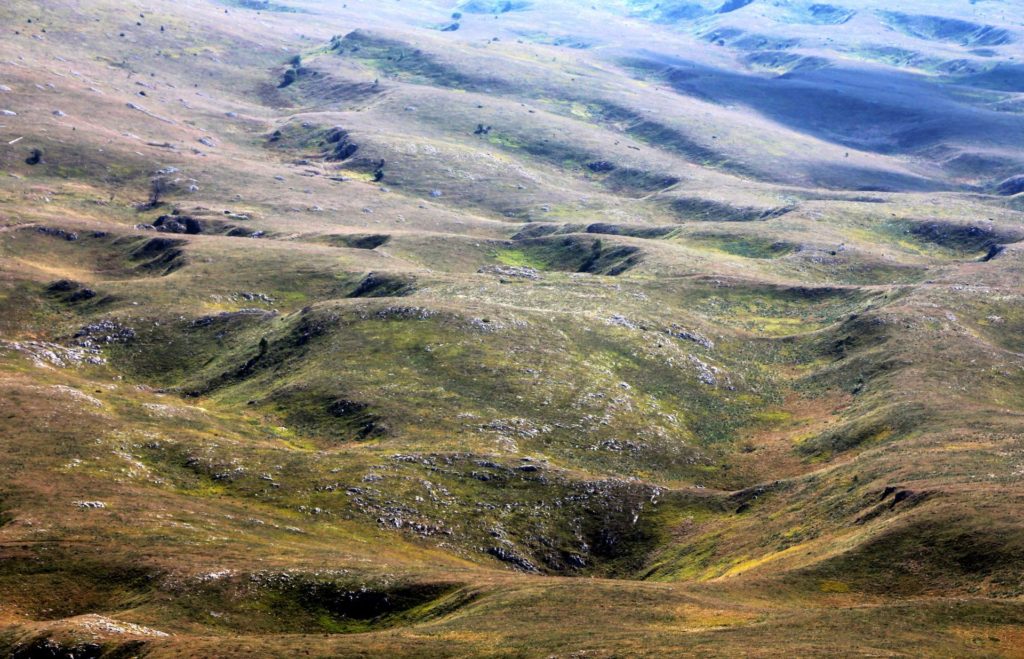


Heel mooi
Another great post. We did some sections of the PPT (Coastal Hiking Transversal) and climbed Mount Rumija a couple of years ago. I found the karst landscape fascinating
Such an interesting post! Thank you!